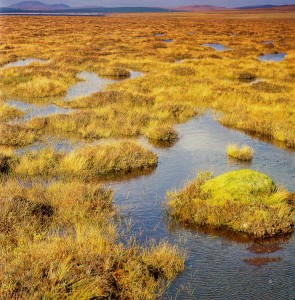 In a range of posts I explore a wide variety of issues concerning these, our most invisible and under-valued ecosystems despite the fact that they are our most extensive semi-natural habitat and globally they contain more carbon than all the world’s vegetation – including rainforest (which is itself partly peatland).
In a range of posts I explore a wide variety of issues concerning these, our most invisible and under-valued ecosystems despite the fact that they are our most extensive semi-natural habitat and globally they contain more carbon than all the world’s vegetation – including rainforest (which is itself partly peatland).
One of the key factors holding back effective action for, and a real appreciation of, the world’s peatland ecosystems is their invisibility. We tend to see them as other, more familiar habitats and we obscure their presence with our choice of words. I consider this point in my blog about our use of the term ‘moorland‘, for example.
The ecosystem services we receive from peatlands all-too-often also go un-noticed and un-remarked, yet 70% of UK drinking water comes from peat-dominated catchments, and we have been using the products obtained from peatlands for millennia. As I explore in another of my peat-related blogs, potentially up to 2 million casualties of World War 1 owed their survival to the special properties of the remarkable Sphagnum bog moss – one of the main architects of our peatlands.
I have also produced a photobook which aims to give a sense of being out on Plantlife’s most remote nature reserve – Munsary Peatlands in the Flow Country:

This can be purchased from the blurb.com bookstore, or is available at reduced cost compared to blurb.com from my Etsy store.
